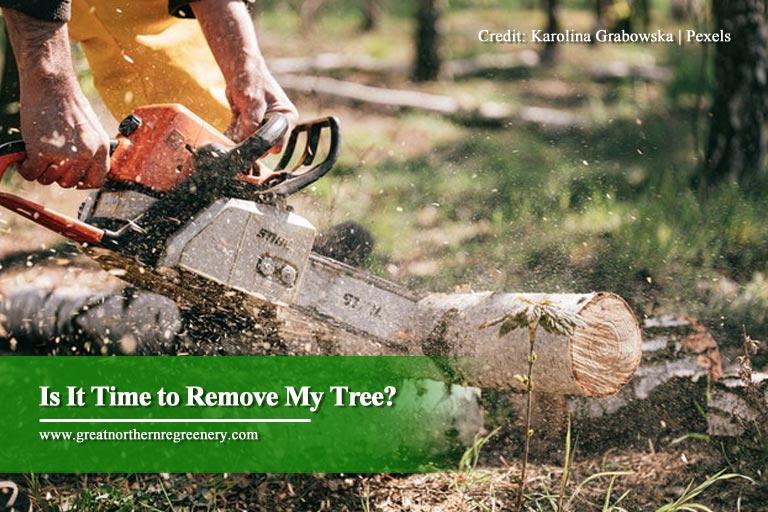
Trees are undeniably a great addition to your yard. It brings benefits and adds beauty to your landscape. They have incredibly long lifespans and often seem like a permanent fixture in any plot of land. However, while trees can sometimes appear perfectly fine to the untrained eye, they can pose a threat to you and your home if they have been infested or are diseased.
A tree falling is one of the major causes of property damage. Dead, dying, or hazardous trees can potentially cost you thousands of dollars in property damage, not including medical expenses if it falls on someone and causes injury.
As a tree owner, you have the responsibility of not only taking care of your landscape but also knowing when to cut down a tree. Fortunately, there are some red flags to alert you to any danger.
Here are a few reasons you may need to remove your trees:
Undesirable Tree Species
When selecting trees, you should not only take into account its curb appeal but whether or not it suits your landscape. Some trees may be aesthetically pleasing but are just not meant to be planted in the first place. These trees are considered “undesirable species” and should be avoided at all costs.
A few characteristics that make some trees “undesirable” include:
- Weak wood that makes it prone to breakage and rotting
- Strong and deep roots that can damage foundations
- Soft and shallow roots that make it vulnerable to falling
- Easily attracts tree-specific diseases or pests
- Invasive or “thirsty” species that keep other plants from thriving
Signs of Infection and/or Infestation
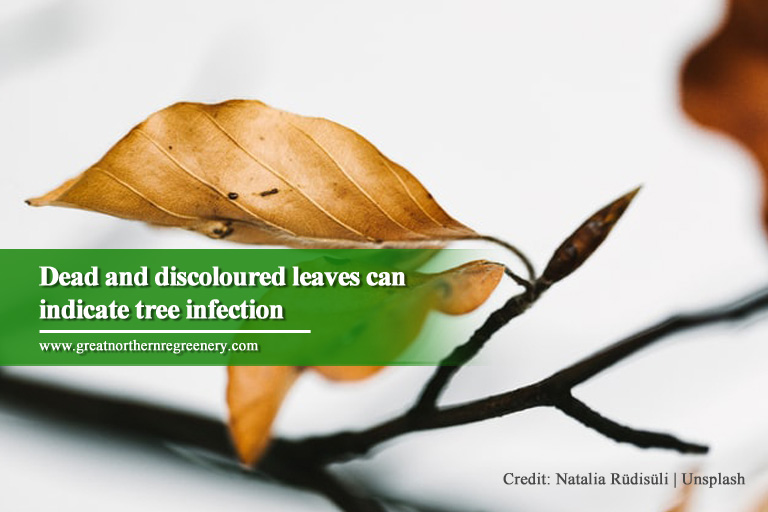
A change in the appearance of your tree can mean it is suffering from a disease or pest infestation. Tree diseases and insects can negatively affect the health of your plant, causing wood and bark erode and ultimately break. Some insects feed off of the inner bark so the tree may seem healthy on the outside. This makes such infestations even more dangerous.
To see if your tree is affected by some form of infestation, check out for these subtle changes:
- Missing, misshapen or discoloured leaves – If your tree starts shedding off most of its leaves, even in warm weather, it could be a sign that your tree is no longer healthy. If you’re dealing with boring insects, dead or dull leaves could mean that the tree is suffering internally, and its ability to transport water and nutrients is severely hampered.
- Missing, soft or crumbly bark – Alternatively, physical changes in the bark on your tree trunk and branches can also be attributed to pests and diseases. Check for sawdust or frass in your tree as tree insects sometimes leave visible traces after chewing. Cracks, seams, and wounds suggest internal decay. If the damaged area is more than 25% of the trunk, then it already warrants a tree removal.
- Fungal growth – While not all mushrooms growing around trees are linked with diseases, you must still pay attention to any fungi growing from the branches or trunk. Fungal growth typically occurs around the dead and rotting matter. Their presence on the tree itself should tell you that a portion of the tree has died or is dying. If you notice them, you must have a tree expert or an arborist come in and check it before the entire tree becomes compromised.
Large, Dead Branches
There are several reasons why branches wither. Large, damaged limbs are a threat to people and your property as small gusts of wind is enough to topple them. Often, pruning or cabling may fix the problem. However, if you notice that more than half of the tree is dry and brittle, it should probably be for the best to have the whole tree removed.
Root Damage
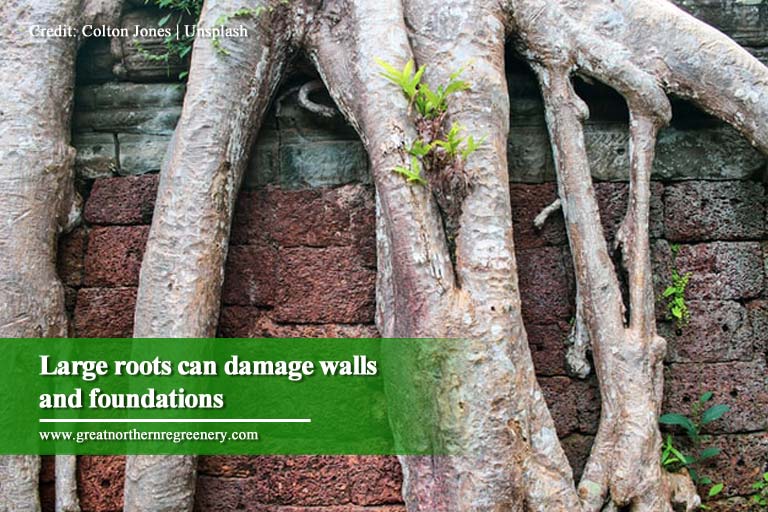
Roots encroaching on your property is another sign you need tree cutting. Trees can grow extremely large roots that may damage your home. Not only can they break your foundations, walls, and floors, but roots are also known to break into sewer lines, causing leaks and flooding both inside your home and out. Protruding roots can also create uneven surfaces and tripping hazards. Removing the tree and its roots may be the only solution to stop further destruction from occurring.
Hollow or Compromised Trunk
Trees with a damaged trunk can often live for years. This is primarily because many vital tissues, like the xylem and phloem, are found on the outer edges. Only time will tell when the tree would eventually fall. However, the mere possibility of its falling makes it dangerous.
Identifying a hollow trunk can be difficult, but some signs can point to this problem including:
- Changes in the leaves and bark’s appearance
- Dead branches
- Tree leaning, indicating structural problems
Under Power Lines
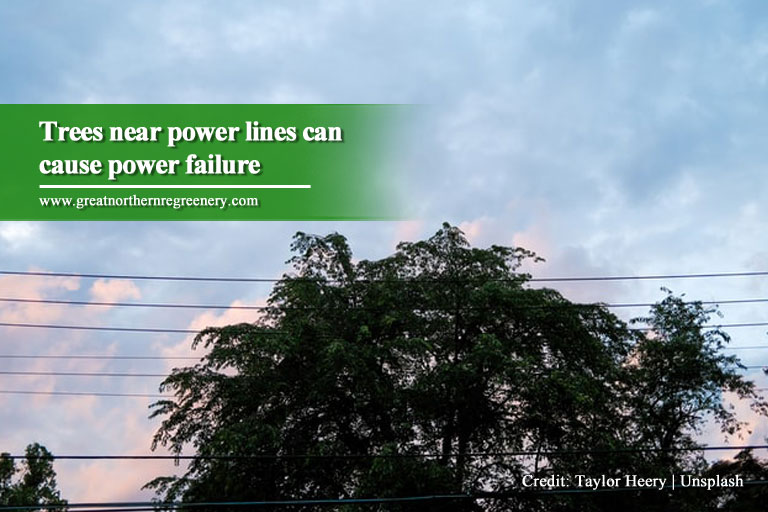
If planting a tree under or near power lines, make sure that its mature height should be less than 25 feet or approximately 7 metres. Still, trees growing under power lines should be constantly pruned or thinned out. During wet weather, electricity can arc to as much as 10 feet, reaching wet foliage and causing power failure and property damage. This kind of accident can be devastating. As a result, many experts suggest removing the tree completely to avoid any complications.
Sprouts at the Base of the Tree
These sprouts are called epicormic shoots and may indicate that the tree is under stress. This growth is normally observed on trees that have recently undergone sudden changes, such as:
- Cold weather
- Heavy pruning or thinning
- Crown die-back
- Root death
- Home construction injury
It is important to have your tree checked by an arborist as soon as possible since these shoots are all indicators of an unhealthy tree.
Too Close to Man-Made Structures
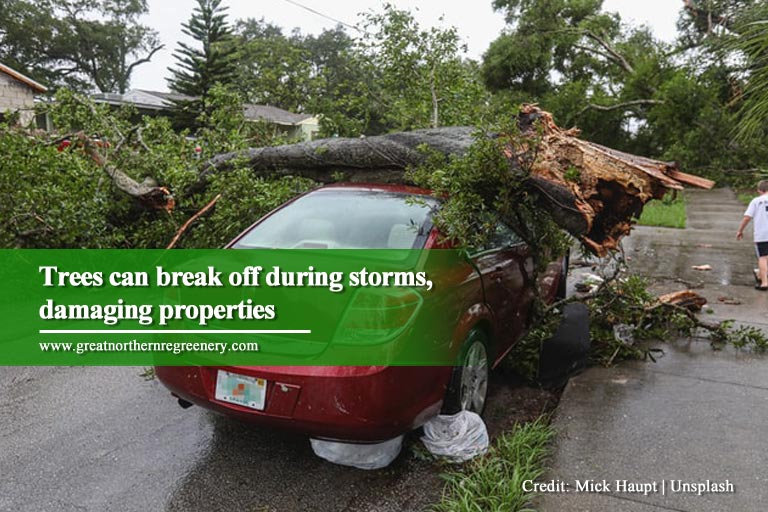
Planting a tree too close to any structure is extremely discouraged, not only to give your tree plenty of space but also to keep it from intruding into any infrastructure. Many trees have large and strong roots that can even destroy concrete. Generally, it is advised to place large trees at least 20 feet away from a house or building.
Likewise, branches overhanging your home should be avoided as they can break off during a storm, damaging your roof. Removing a tree or the branches that overlap a building not only reduces maintenance but also keeps you safe at all times.
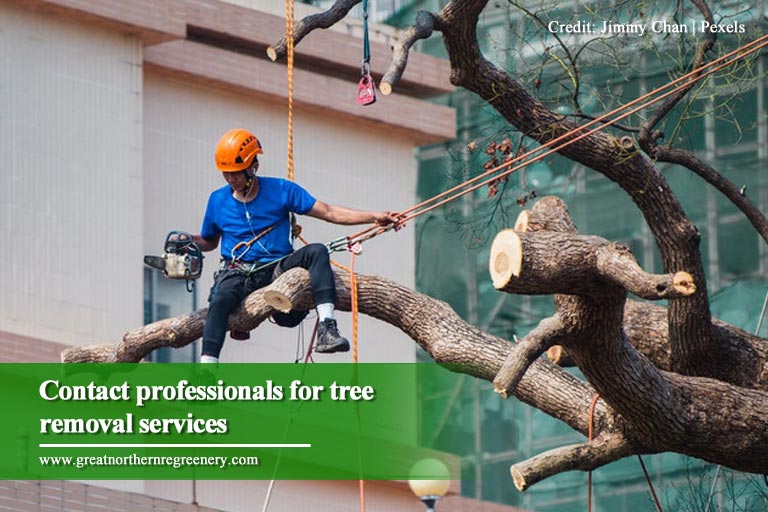
It can be difficult to decide when to remove a tree since many factors need to be considered. To completely determine whether removal is necessary, call an arborist. Additionally, you need an expert who has the right tools and knows how to remove trees from your yard safely.
For a safe and reliable tree removal service in York Region, call Great Northern ReGreenery. Our company only employs certified arborists. For more information, call our toll-free number: 1-877-775-7444





